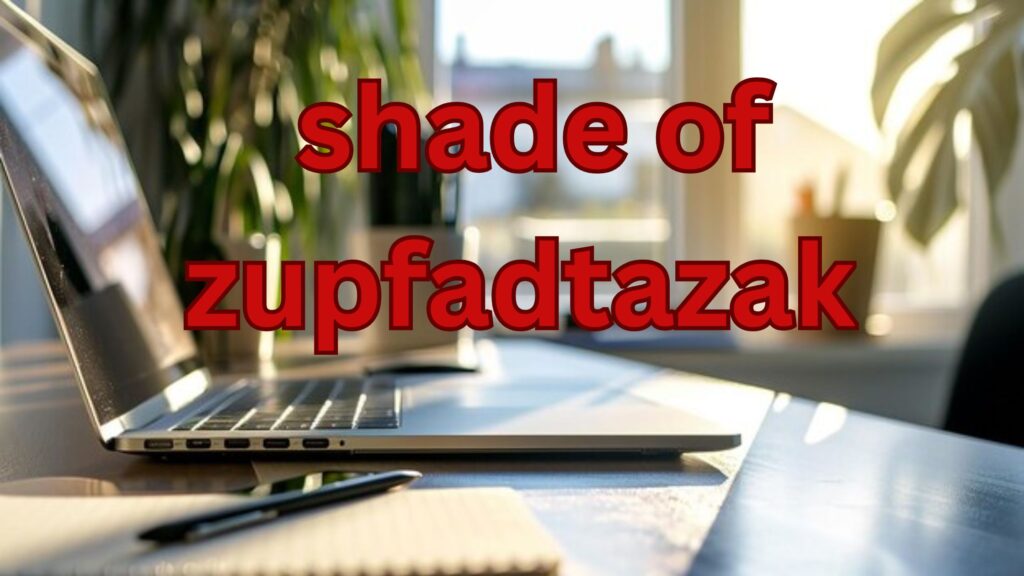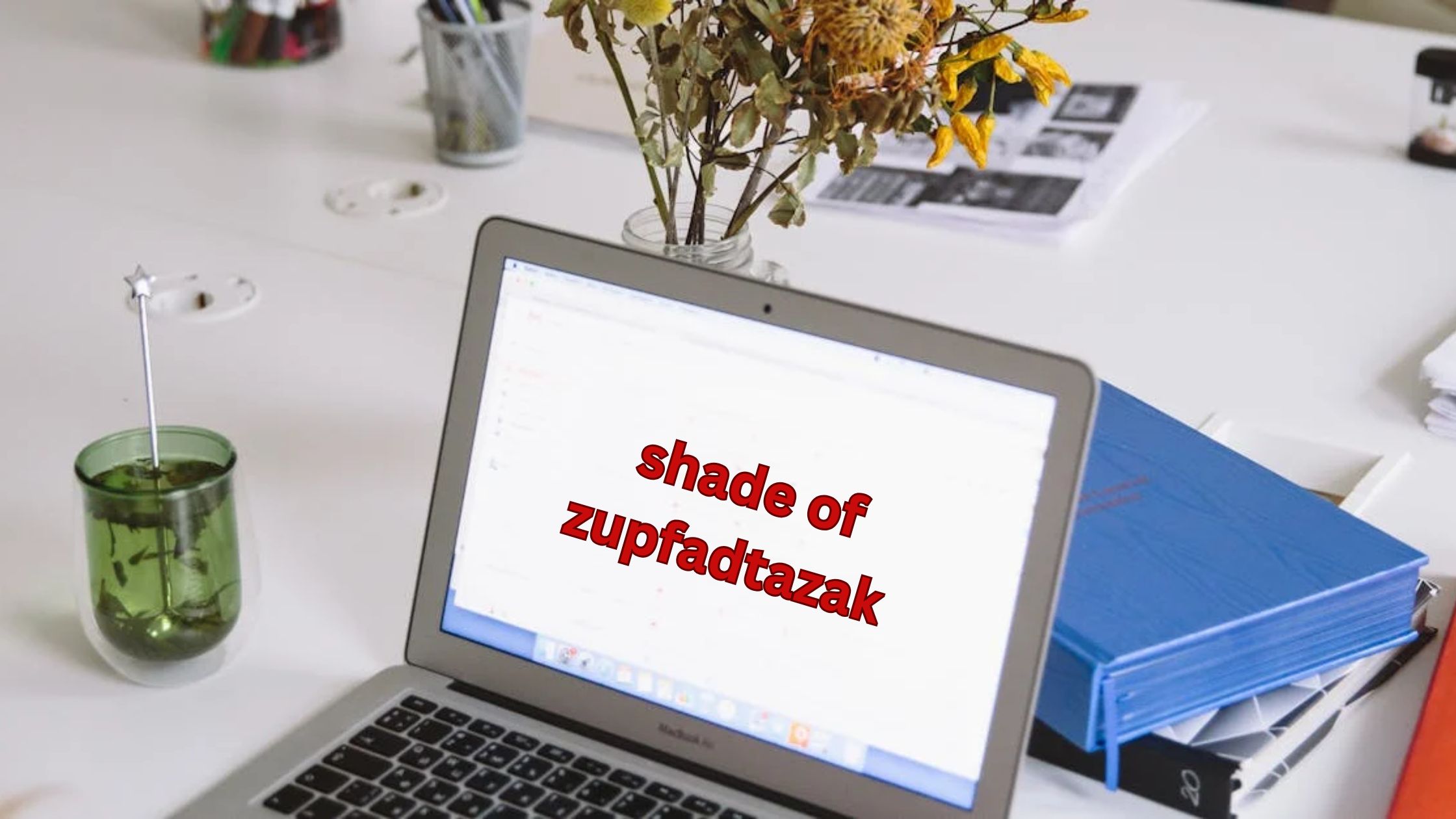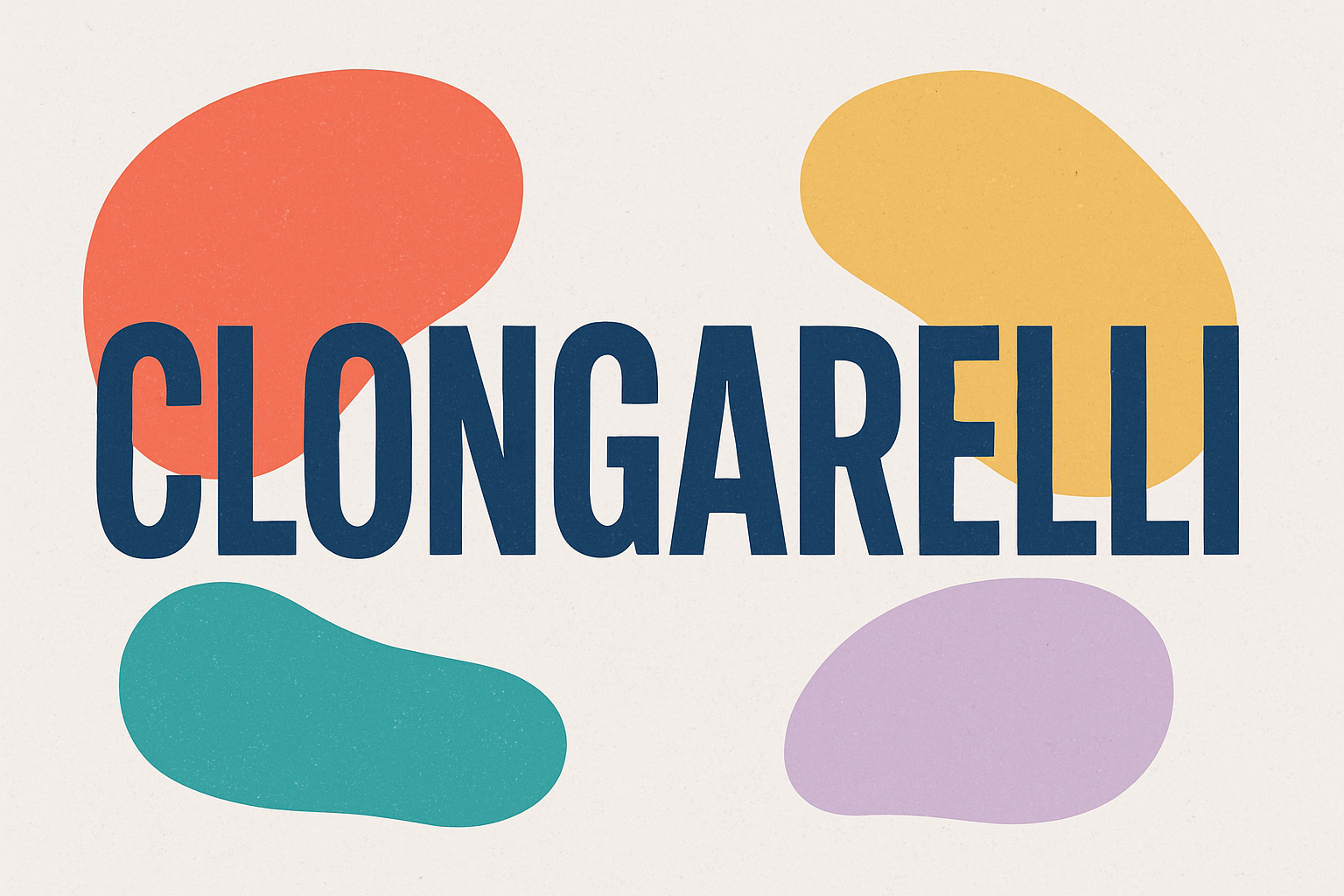Shade of Zupfadtazak: A Complete Exploration
Introduction
The phrase shade of zupfadtazak may sound mysterious, unfamiliar, and almost otherworldly. It does not come from common dictionaries, nor is it a word with a fixed definition in everyday language. Instead, it carries the sense of something symbolic, mythical, or deeply imaginative. The very sound of it invites curiosity. What could the shade of zupfadtazak mean? Is it a creature, a legend, or perhaps a concept hidden within stories of old?
In this article, we will dive deep into the meaning, interpretations, and symbolic layers of the shade of zupfadtazak. We will look at how such a concept might be imagined in history, culture, philosophy, and storytelling. By the end, you will not only understand the term but also appreciate how it can inspire imagination, reflection, and creative thought.
Understanding the Word
Before exploring the larger idea, it helps to break the phrase into parts.
- Shade often refers to a shadow, a reflection, or even the spirit of something no longer present. In myths, shades are ghostly figures, fragments of souls, or hidden sides of reality.
- Zupfadtazak is not a known word in modern languages. However, its structure suggests something ancient or mythical. It feels like the kind of word given to a realm, a deity, or a hidden force.
When we put them together, the shade of zupfadtazak could mean the hidden reflection or ghost of something tied to zupfadtazak. This opens many paths of interpretation.
The Mythical Image of the Shade
In mythology, shades are often described as half-existences. They linger between worlds, neither fully alive nor fully gone. If we imagine zupfadtazak as an ancient power, the shade could be its echo—a force that continues long after the main being has faded.
This gives the phrase an aura of mystery:
- A forgotten power still casting shadows.
- A presence that cannot be fully destroyed.
- A symbol of something hidden, waiting to be rediscovered.
A Symbol of Hidden Knowledge
Another way to see the shade of zupfadtazak is as a symbol of knowledge that lies in shadow. Many cultures speak of secret wisdom, locked away until one is ready to face it. The shade could represent this hidden truth, not easily seen in light but always present in the background.
In this sense, the shade of zupfadtazak becomes:
- A metaphor for wisdom gained through struggle.
- A reminder that not all truths are clear at first glance.
- A guide for those who seek deeper meaning in life.
Stories of the Shade
Though no direct folklore mentions the phrase, we can imagine how ancient stories might have described it. Picture an old tale told by firelight:
“In the forgotten valleys, beyond the reach of sunlight, there lingers the shade of zupfadtazak. It walks where silence rules, carrying memories older than stone. Those who listen closely may hear its whispers, but only the brave dare to follow them.”
Such storytelling adds life to the concept. It makes the shade not just an idea, but a character one that invites both fear and respect.

Philosophical Meaning
Beyond myths, the phrase can also be taken in a philosophical way. Life itself has a visible side (light) and an invisible side (shade). The shade of zupfadtazak could stand for:
- The hidden parts of human identity.
- The unconscious mind, filled with memories and instincts.
- The shadow of history that still influences the present.
Philosophers might argue that to understand the self, one must confront their own shade the unspoken truths that shape actions. In that sense, zupfadtazak becomes a symbol of ultimate truth, and its shade is the subtle part we can glimpse but not fully hold.
The Shade as a Place
It is also possible to imagine the shade of zupfadtazak as a location. In fantasy stories, names like this often describe forgotten realms or shadowy lands. Such a place might be:
- A valley where time stands still.
- A hidden forest where shadows move on their own.
- A borderland between the world of the living and the world of spirits.
If seen as a place, the shade of zupfadtazak could be a destination in a journey, a land that must be crossed to reach wisdom or treasure.
The Emotional Tone
Words like “shade” naturally bring emotions. They remind us of mystery, melancholy, and wonder. The shade of zupfadtazak carries an emotional tone that blends awe with fear. It can be seen as:
- Beautiful but haunting.
- Familiar but distant.
- Comforting yet unsettling.
This emotional duality makes the concept powerful for storytelling and reflection.
Modern Imaginative Use
Even if the phrase does not come from ancient records, it can be used in modern creativity. Writers, artists, and thinkers might use the shade of zupfadtazak in many ways:
- As the title of a novel or poem.
- As the name of an artwork exploring hidden truths.
- As a theme in a philosophical essay about shadows and identity.
- As a metaphor in speeches or stories about resilience and memory.
Because it is mysterious, it leaves room for personal interpretation.
The Shade and Human Experience
At its heart, the shade of zupfadtazak can be connected to human life itself. We all carry shades memories, feelings, and experiences that shape us quietly. Just as shadows are cast by light, the shade of zupfadtazak may symbolize the parts of life that come from unseen influences.
Examples include:
- The memory of a loved one who continues to shape us.
- The shadow of history that affects our society.
- The quiet strength that comes from hidden struggles.
In this way, the shade of zupfadtazak is not distant it is within each person.
Cultural Interpretations
Different cultures might view the shade of zupfadtazak differently:
- In Eastern thought, it could represent balance between light and shadow, much like yin and yang.
- In Western myths, it could echo the idea of the underworld shade spirits that linger beyond death.
- In modern philosophy, it could be seen as the unconscious mind, shaped by hidden desires and fears.
Each view enriches the meaning of the phrase.
The Endless Mystery
What makes the shade of zupfadtazak powerful is its mystery. Because it does not have a single fixed definition, it becomes a canvas for thought. It allows people to explore:
- The unseen side of life.
- The power of imagination.
- The connection between shadow and light.
It reminds us that not everything must be fully explained—sometimes the unknown is what inspires us most.
Conclusion
The shade of zupfadtazak is not a simple word. It is a doorway into imagination, myth, and meaning. Whether seen as a ghostly presence, a symbol of hidden truth, a mystical place, or a reflection of human experience, it carries depth and mystery.
By exploring it, we learn not only about shadows and secrets but also about ourselves. The shade of zupfadtazak shows that every light casts a shadow, and every shadow tells a story. It invites us to listen, reflect, and wonder.
In the end, perhaps that is its greatest gift: to remind us that the world is richer, deeper, and more mysterious than it first appears.
Who Is Edanizdadoll? Why This Influencer Matters in Digital Branding and Culture
Frequently Asked Questions About the Shade of Zupfadtazak
What is the shade of zupfadtazak?
The shade of zupfadtazak is a mysterious concept often described as a shadow, echo, or hidden presence connected to something ancient or unknown. It is not a physical object but a symbolic idea representing mystery, hidden truth, or a lingering force.
Is the shade of zupfadtazak real?
No, the shade of zupfadtazak is not a real place or creature. It exists as a symbolic or imaginative concept. People use it to explore themes like hidden knowledge, memory, and the unseen parts of life.
Why is it called a “shade”?
The word “shade” usually means shadow, spirit, or reflection. In this phrase, it suggests something that cannot be seen directly but is always present in a hidden form.
Does the shade of zupfadtazak have a cultural meaning?
Different cultures might interpret it in unique ways. Some could see it as a spiritual shadow, others as a philosophical symbol of hidden wisdom. It has no single cultural origin but carries universal meaning about mystery and the unseen.
Can the shade of zupfadtazak be used in stories or art?
Yes. Writers, poets, and artists could use the shade of zupfadtazak as a symbol in creative works. It could appear as a mythical being, a mysterious land, or a metaphor for the unconscious mind.
What does the shade of zupfadtazak symbolize?
It symbolizes:
- Hidden knowledge
- The shadow of the past
- Mystery and imagination
- The unseen influences on human life
Why does the shade of zupfadtazak sound so mysterious?
The phrase sounds mysterious because it combines a familiar word (“shade”) with an unfamiliar, almost ancient-sounding name (“zupfadtazak”). This blend creates an impression of myth, legend, and secret wisdom.
How can I interpret the shade of zupfadtazak personally?
Each person can give it their own meaning. You might see it as your hidden thoughts, your past shaping your present, or simply a creative idea that inspires curiosity. There is no single correct interpretation.
Could the shade of zupfadtazak be seen as a place?
Yes, some imagine it as a mystical location a valley of shadows, a borderland between life and spirit, or a timeless realm where secrets wait to be found.
Why does it matter?
The shade of zupfadtazak matters because it reminds us of the unseen side of existence. It inspires creativity, reflection, and imagination. It shows that even in mystery, we can find meaning.











Post Comment